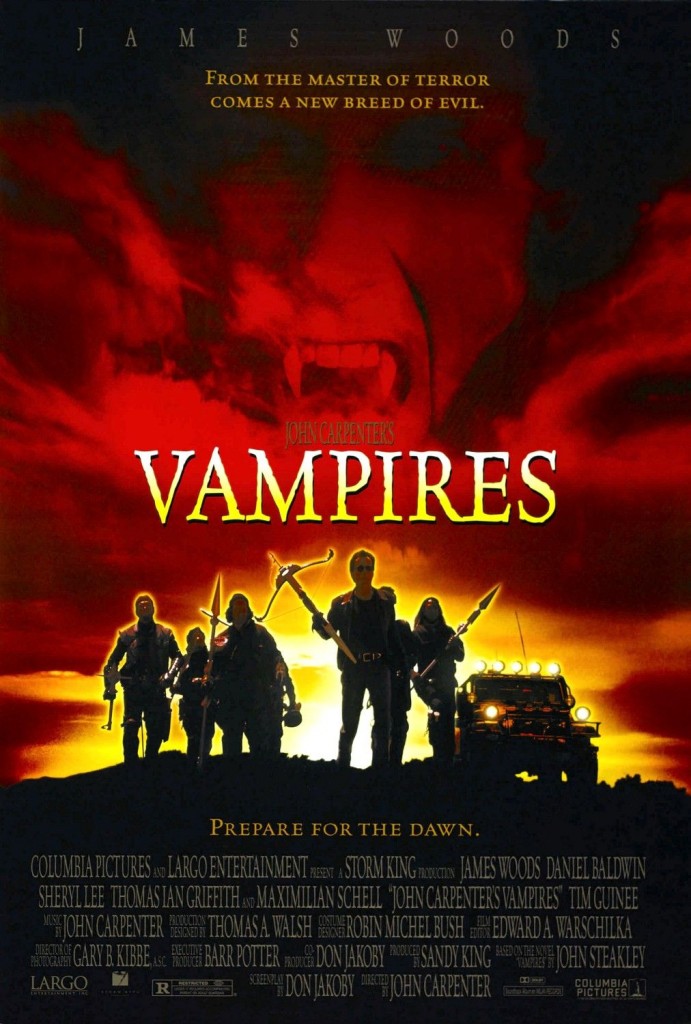One Alone: First Man
I am a child of the Space Age. Growing up in Southern California in the sixties as the son of an aerospace worker, the sound of sonic booms from planes flying from Air Force bases in the High Desert were as ubiquitous during my childhood as Beatles’ tunes. I played with Mattel’s Major Matt Mason space toys (go on eBay and prepare to be shocked and awed), I snacked on “space food sticks” (really nasty) and drank Tang (more fun if you shook up the jar, unscrewed the lid, and inhaled the fumes than it was as a beverage), and, along with millions of other people, on the evening of July 21, 1969, I sprawled (in my footie pajamas) in front of a cabinet television set that weighed more than some of today’s cars, and watched as Neil Armstrong took his first step on the Moon. So, being a child of the Space Age, it only follows that my favorite movies are tearjerkers… tearjerkers like The Right Stuff, Apollo 13, and the 1998 HBO miniseries From the Earth to the Moon.
In fact, there is nothing that gets my waterworks started faster than a scene from “1968”, the episode in From the Earth to the Moon that chronicles Apollo 8, the first manned mission to reach and orbit the Moon. When the moment comes when Frank Borman, Jim Lovell, and Bill Anders see what no human beings in the long history of our race had ever seen before — the Earth, still and bright and silent, rising over the surface of another world… well, I need a tissue right now, just thinking about it.
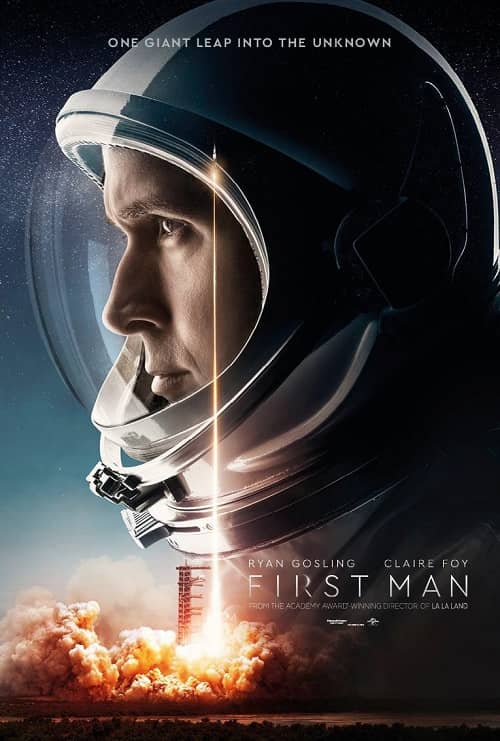
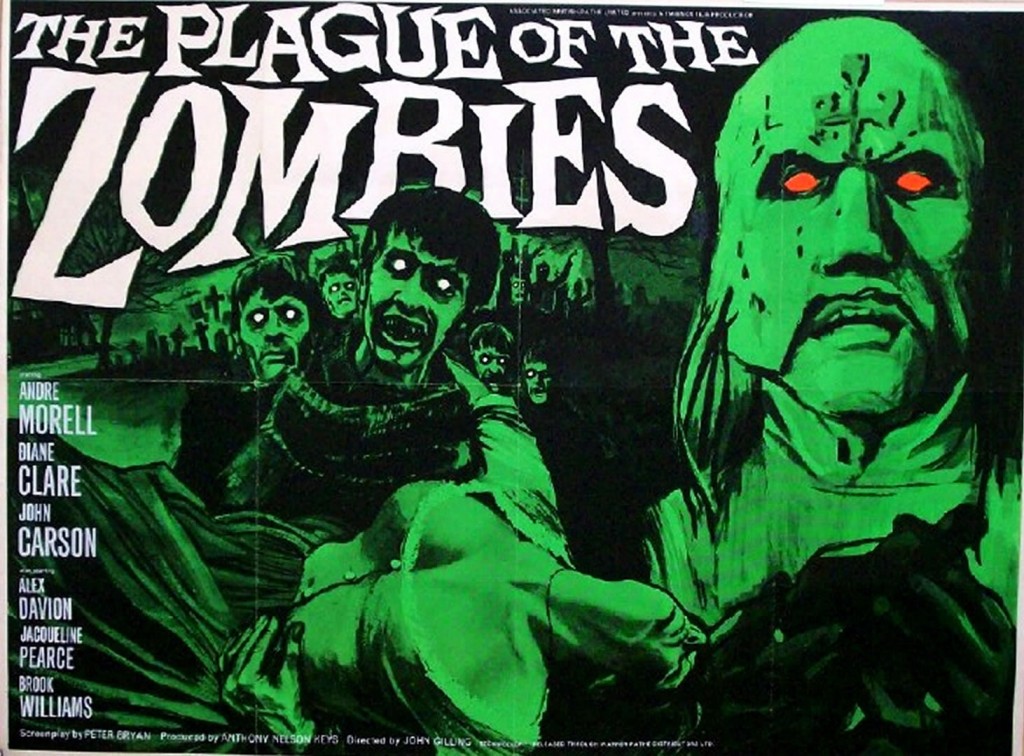
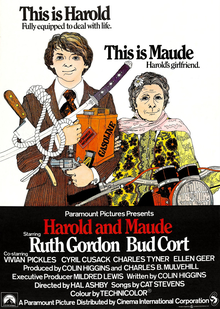
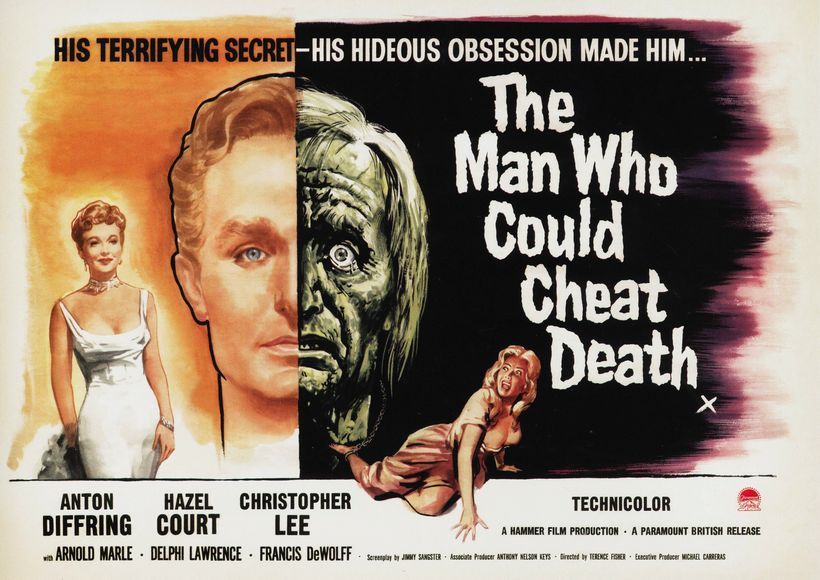
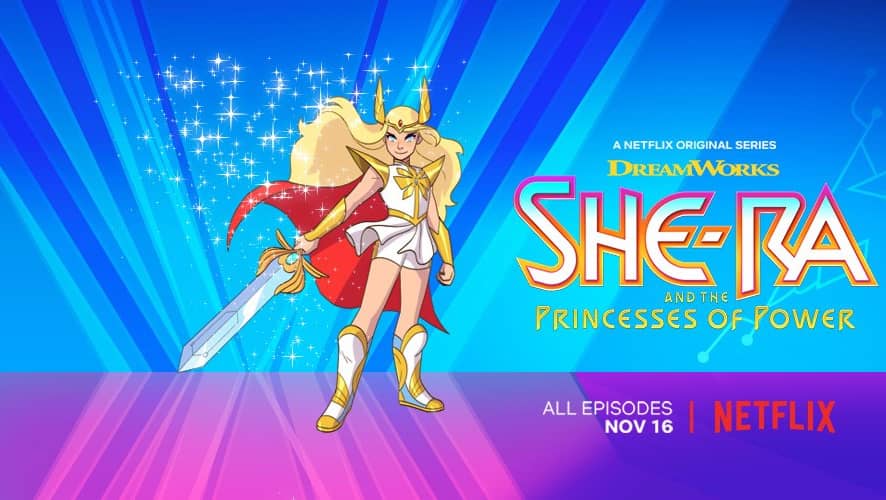
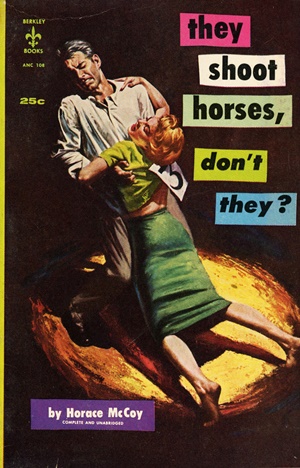
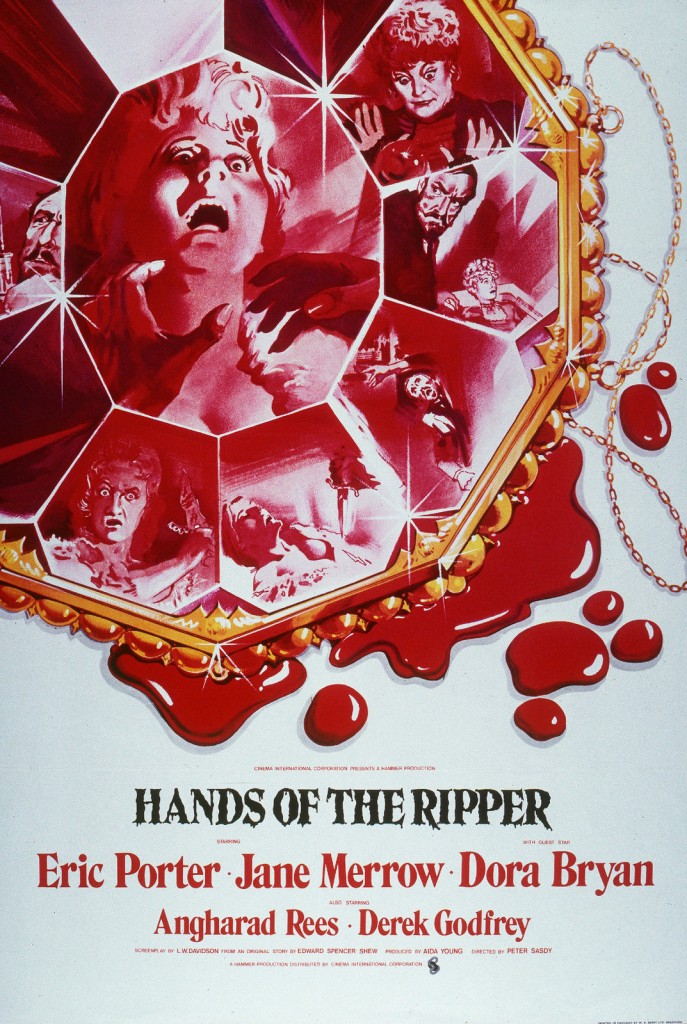
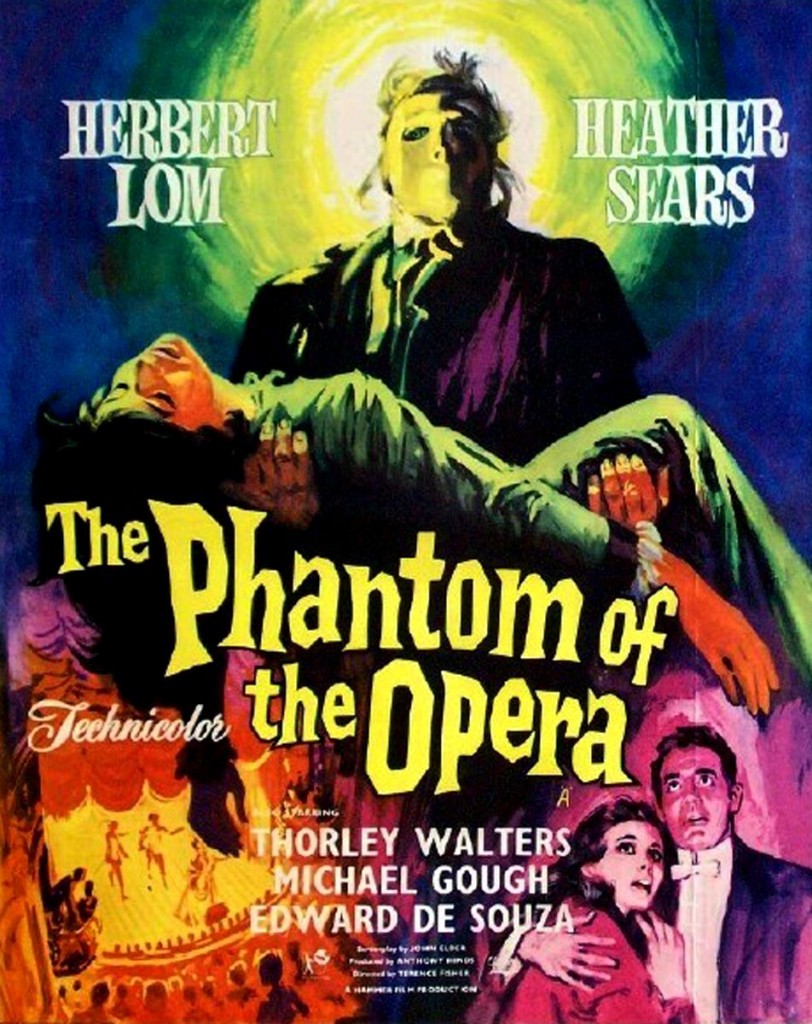
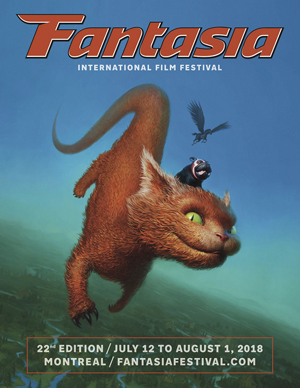 I saw 60 feature films or showcases of short films this year at the Fantasia International Film Festival. As is the case every year, seeing so many wild visions so close together was a powerful experience. If one film didn’t work, there’d be another one coming right after that’d be completely different. Having been slowed down by a bad cold the last few weeks, I’ve had time to think about what I took away from the Fantasia adventure this year in particular, and I keep coming back to things that struck me during the festival itself: the ability of the programmers to select films; the power of seeing the films as part of an audience and indeed part of a community; and the way those things interact.
I saw 60 feature films or showcases of short films this year at the Fantasia International Film Festival. As is the case every year, seeing so many wild visions so close together was a powerful experience. If one film didn’t work, there’d be another one coming right after that’d be completely different. Having been slowed down by a bad cold the last few weeks, I’ve had time to think about what I took away from the Fantasia adventure this year in particular, and I keep coming back to things that struck me during the festival itself: the ability of the programmers to select films; the power of seeing the films as part of an audience and indeed part of a community; and the way those things interact.